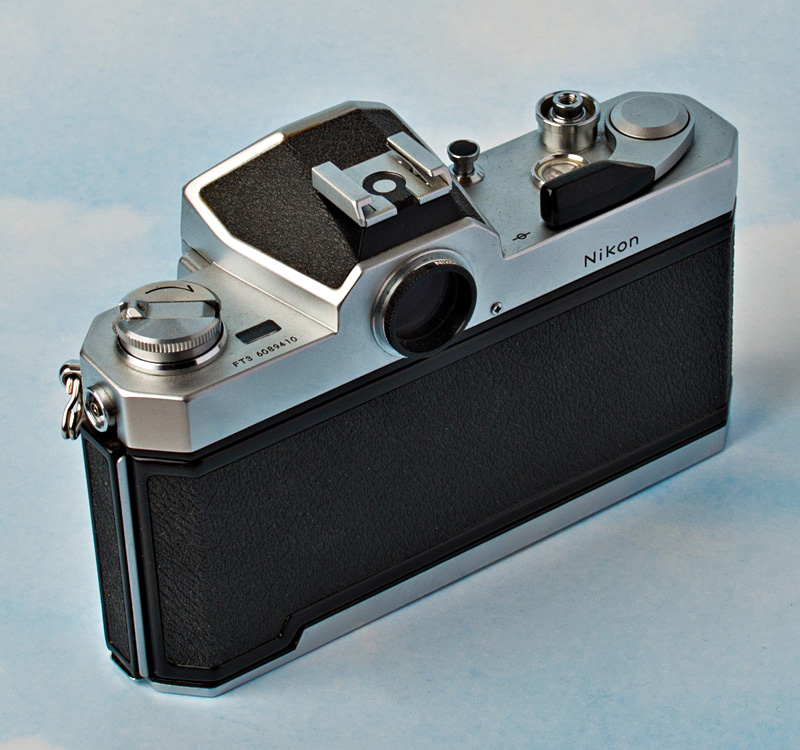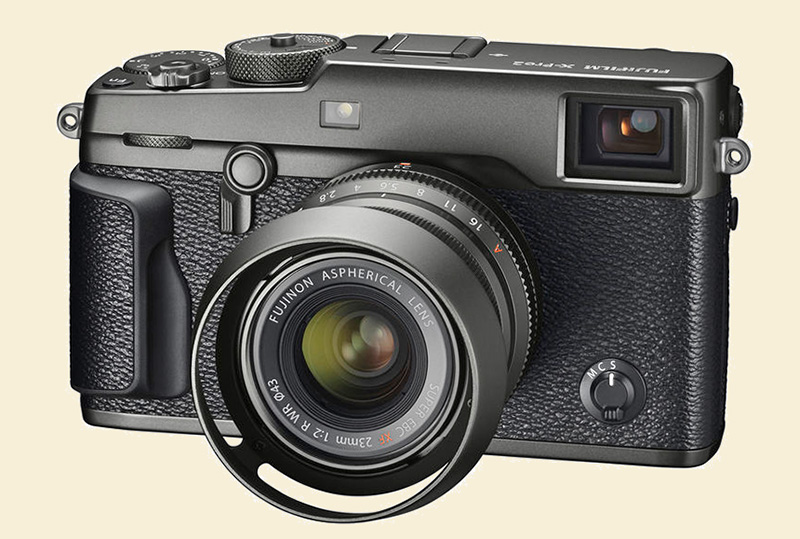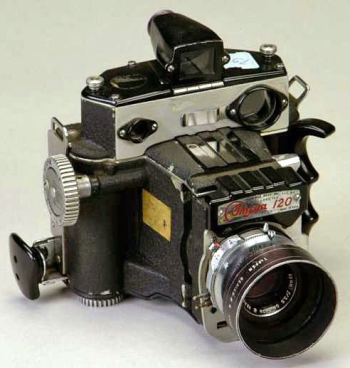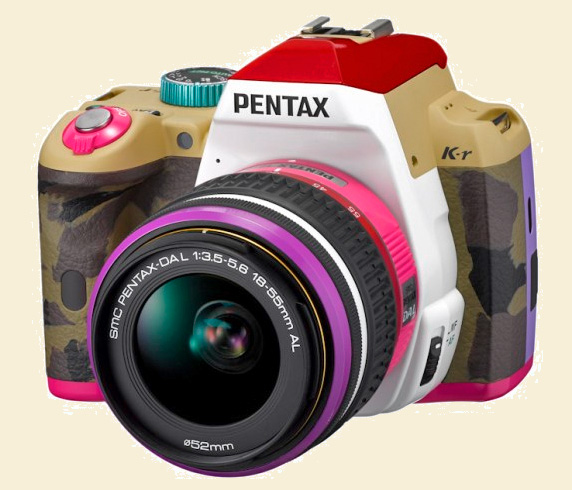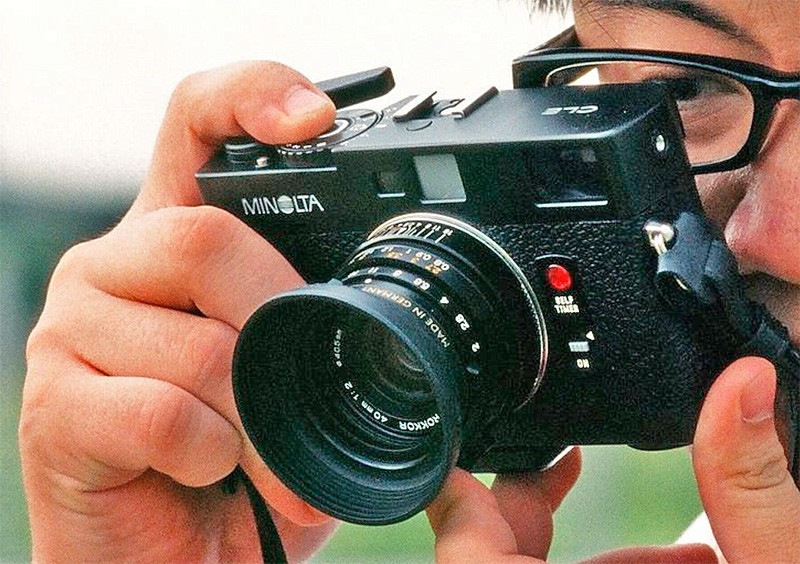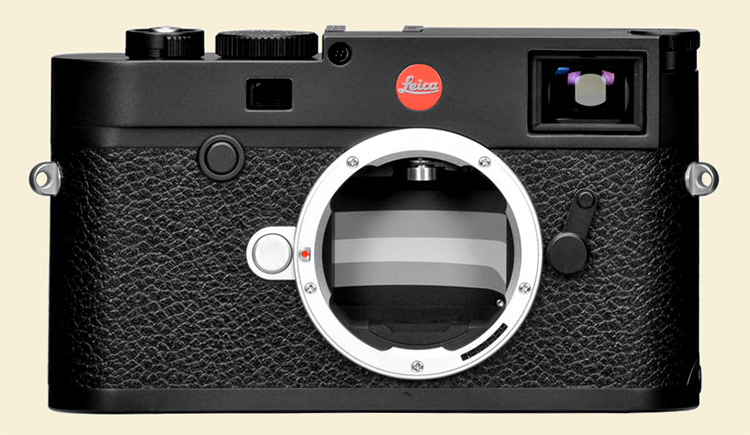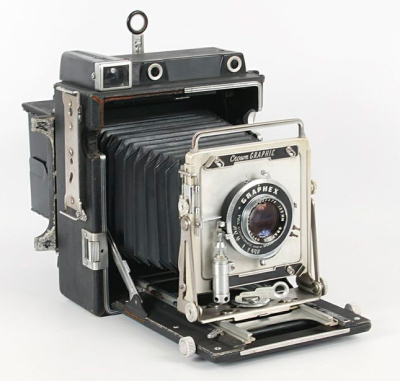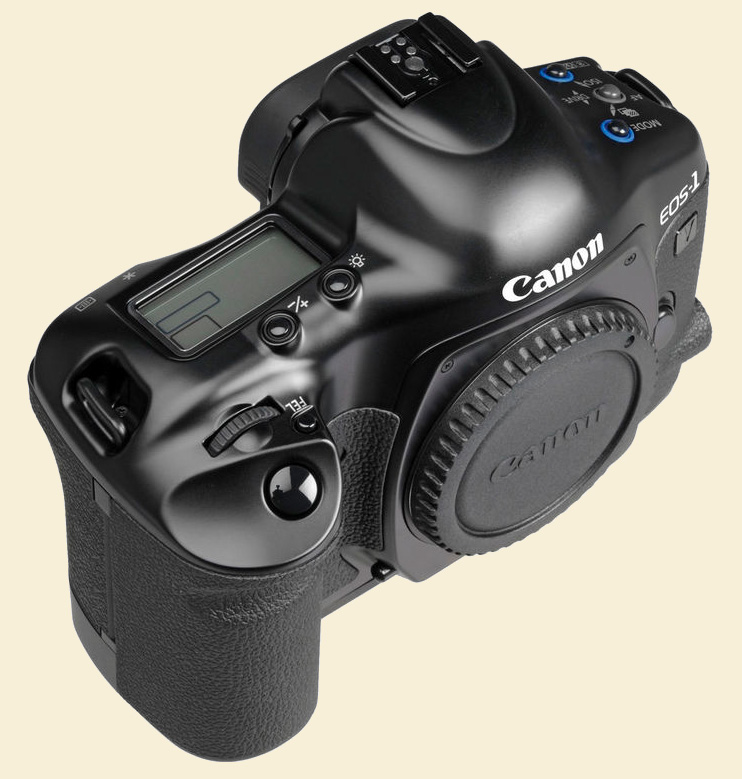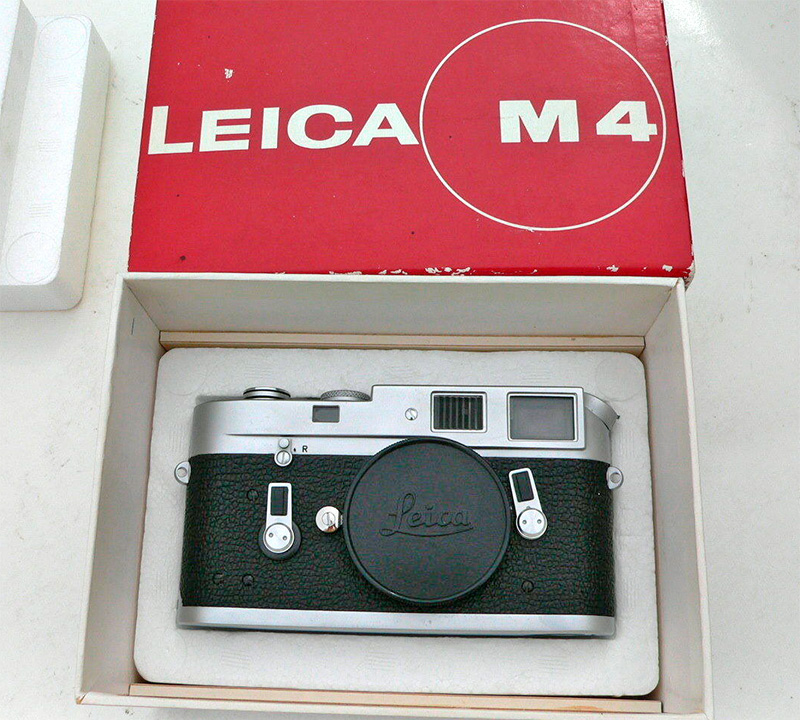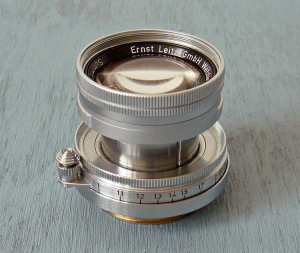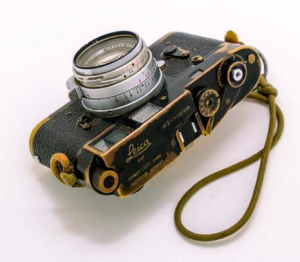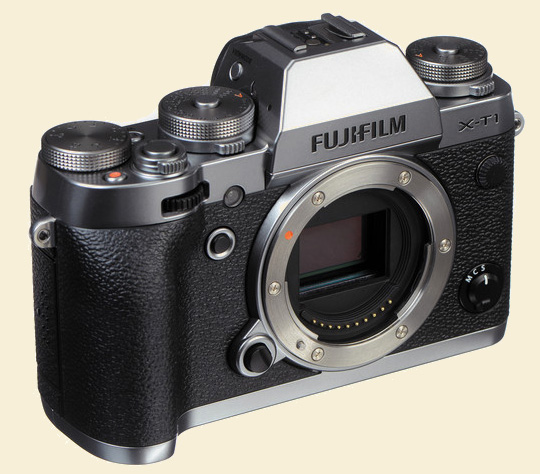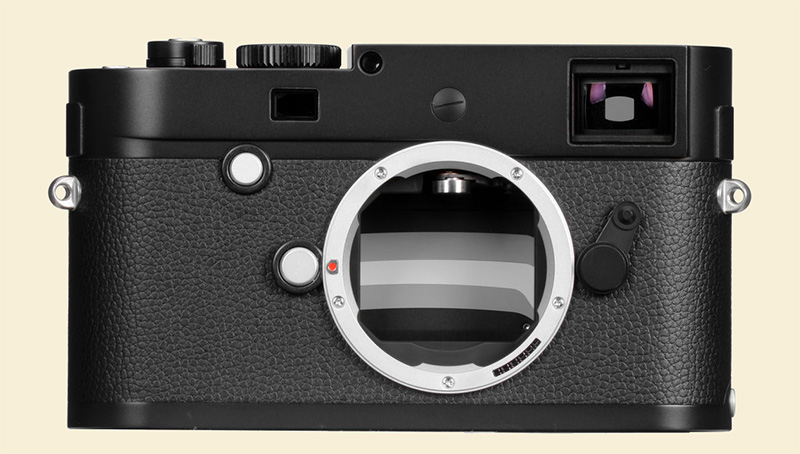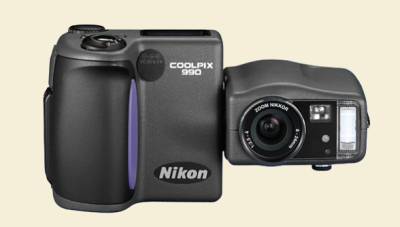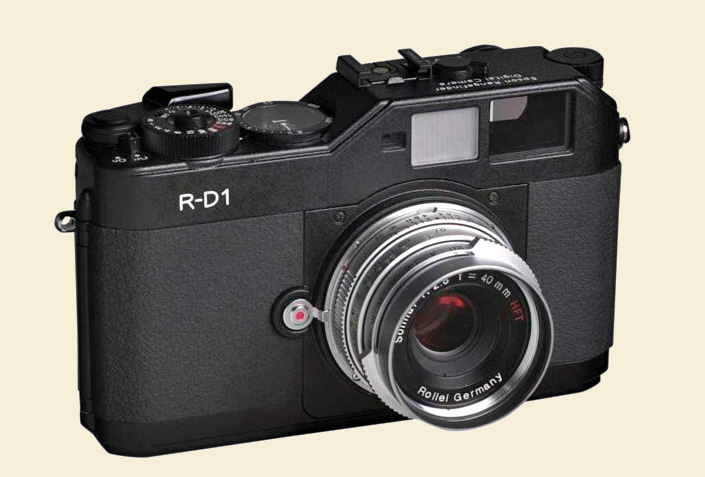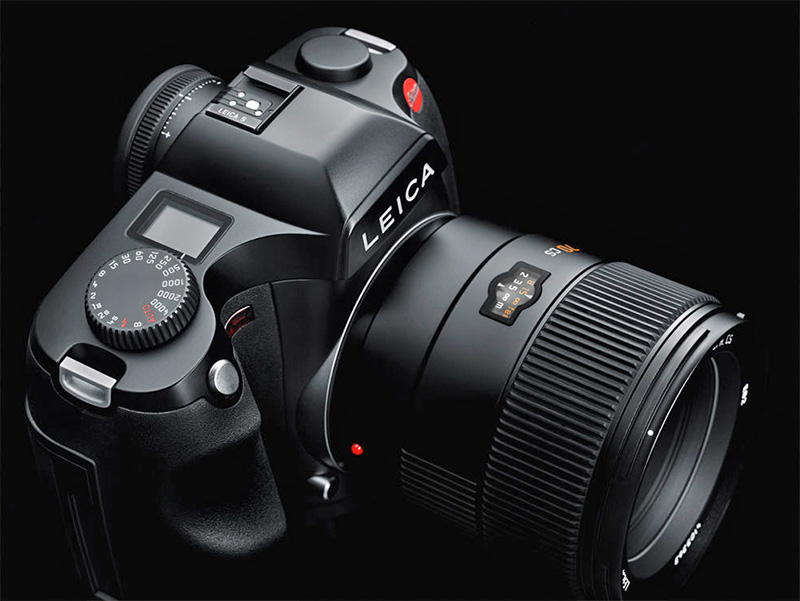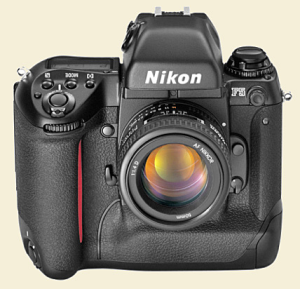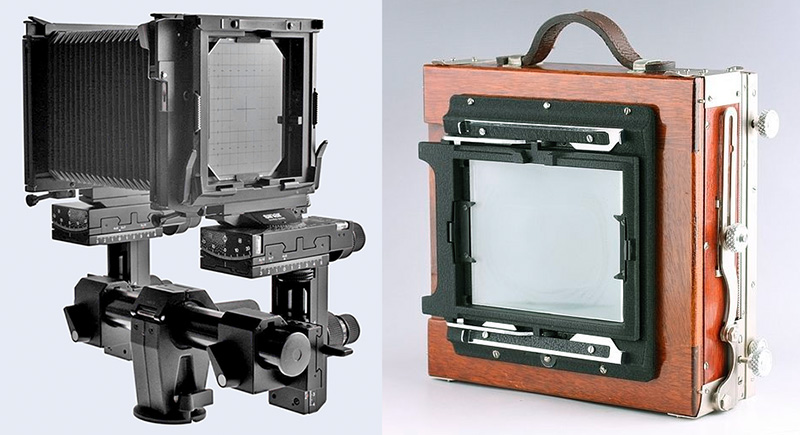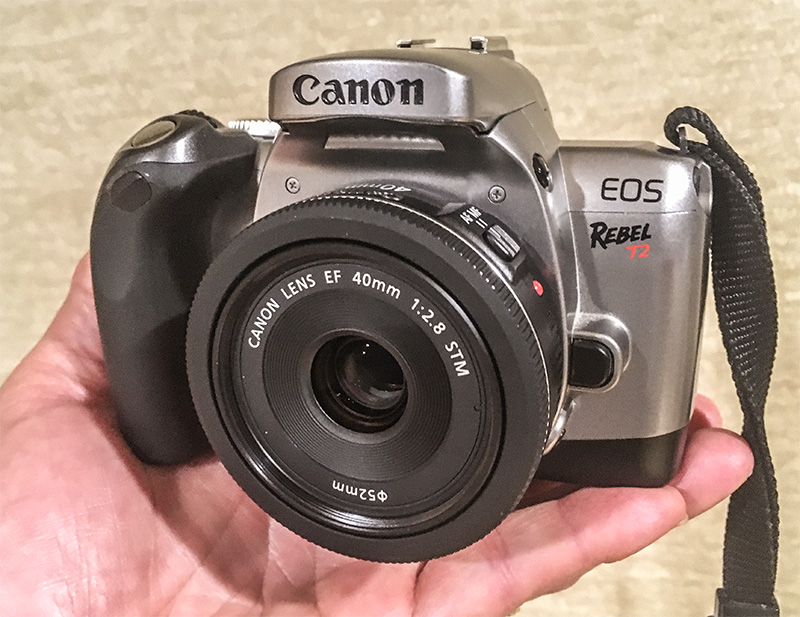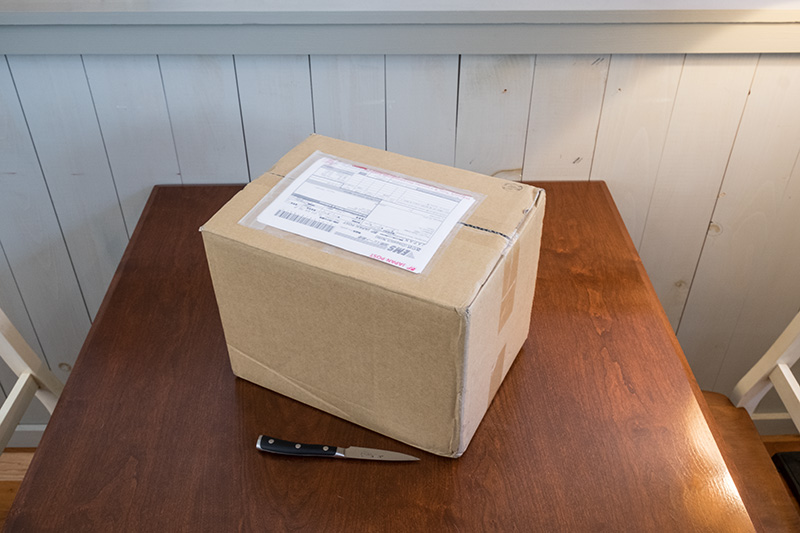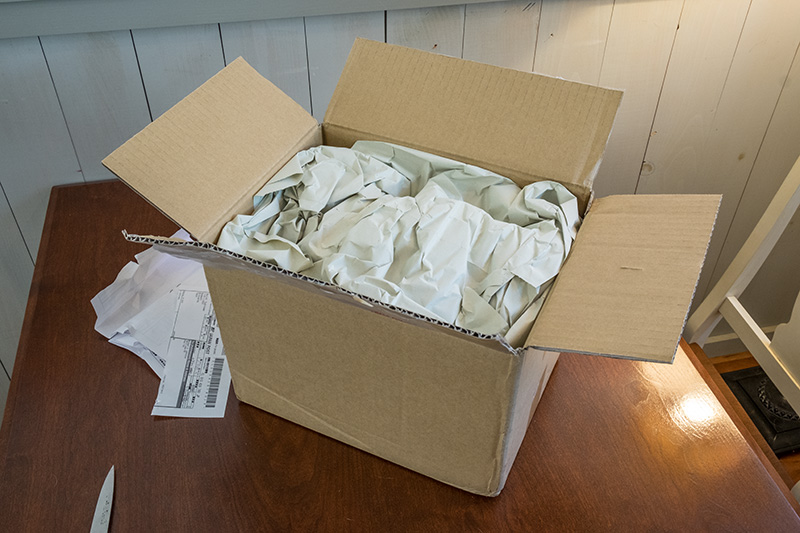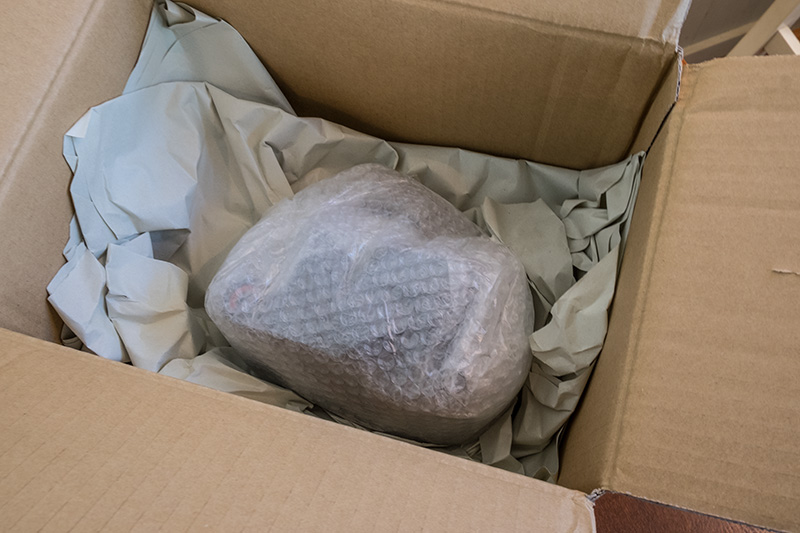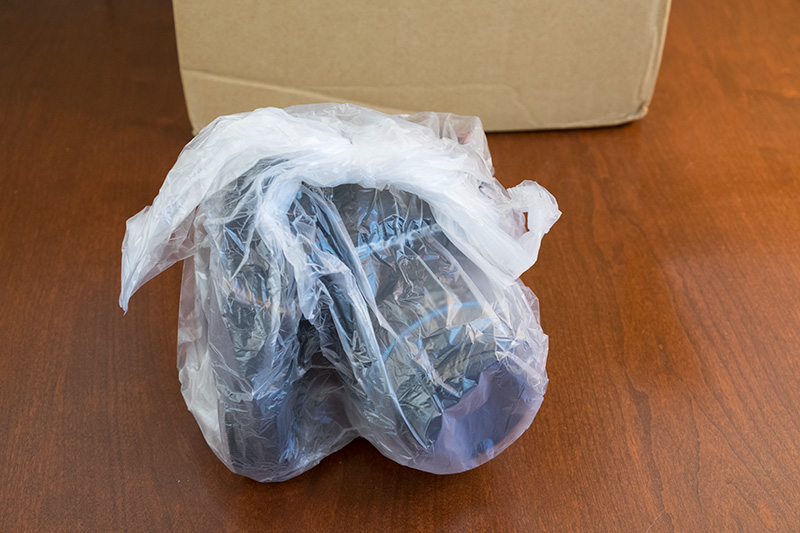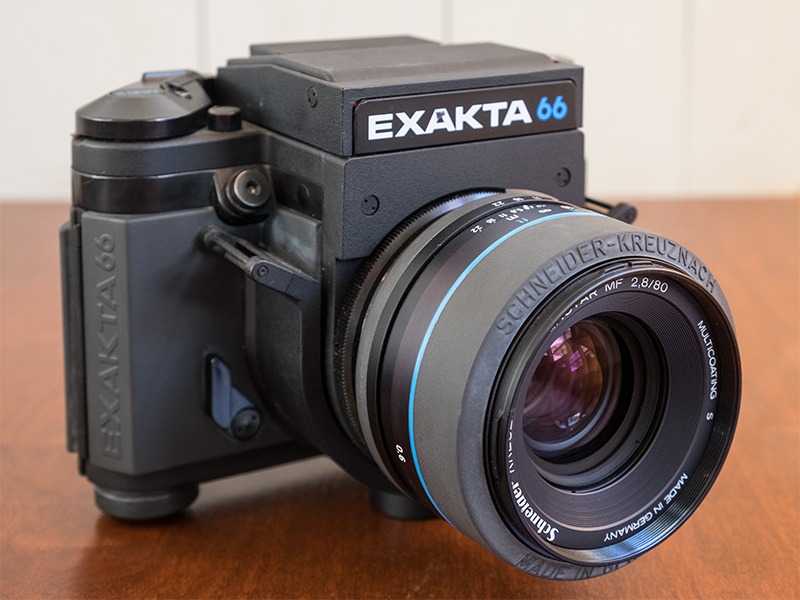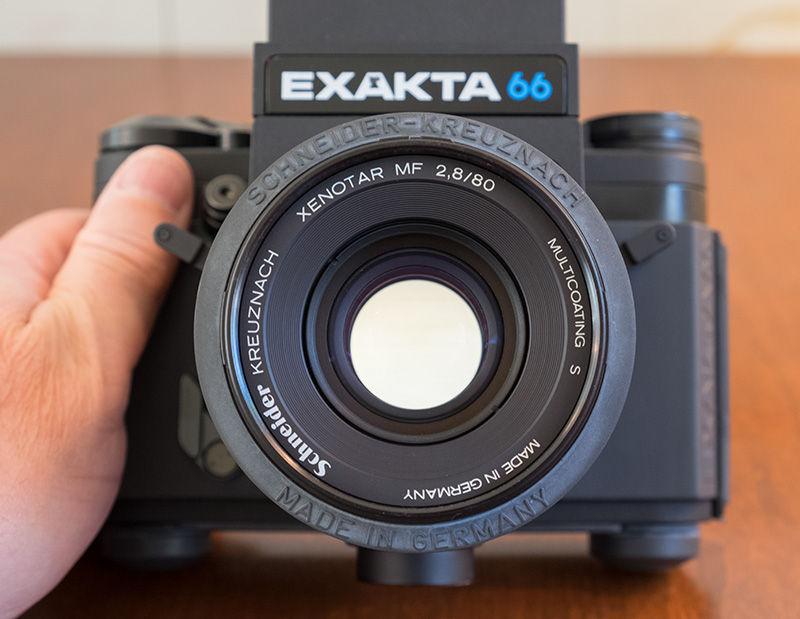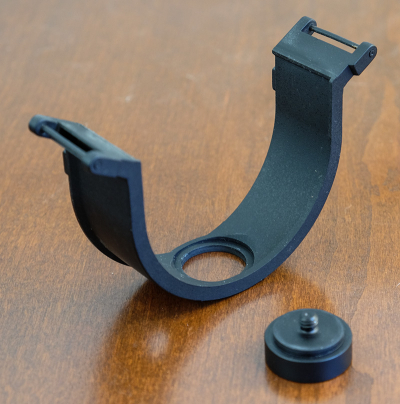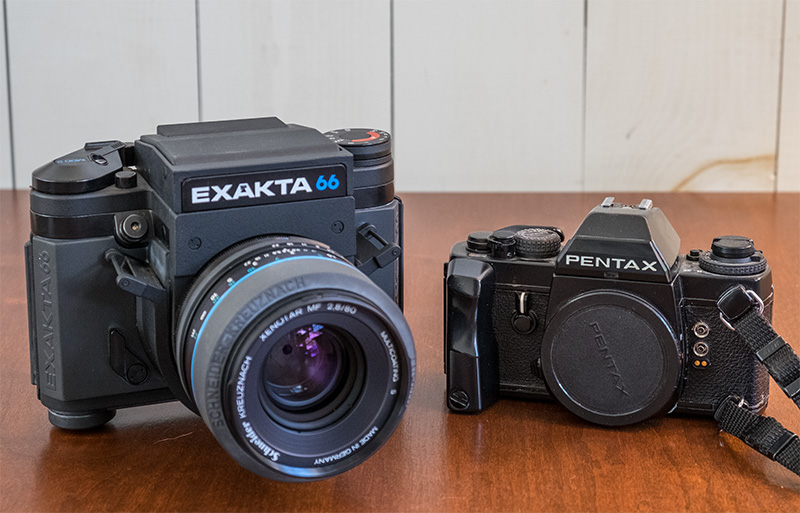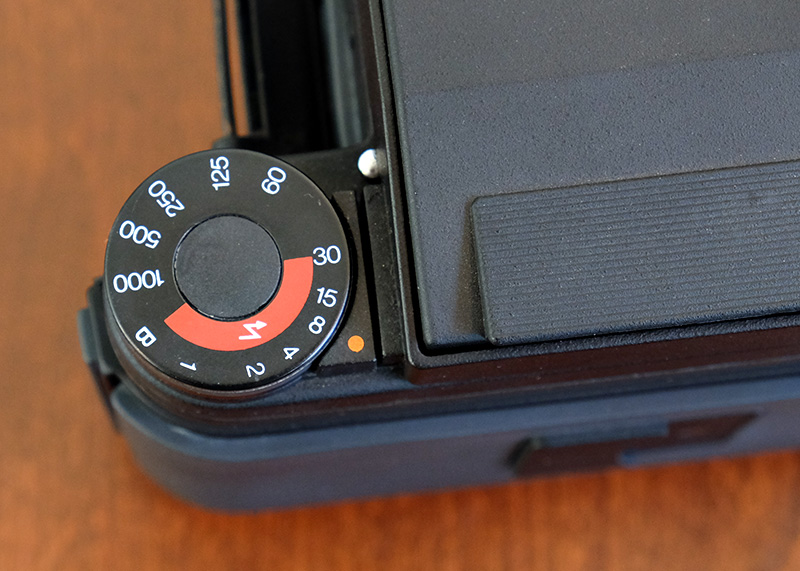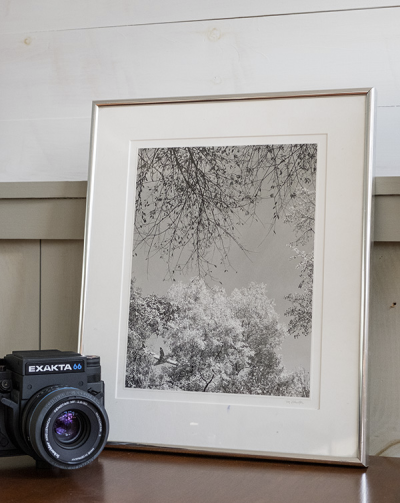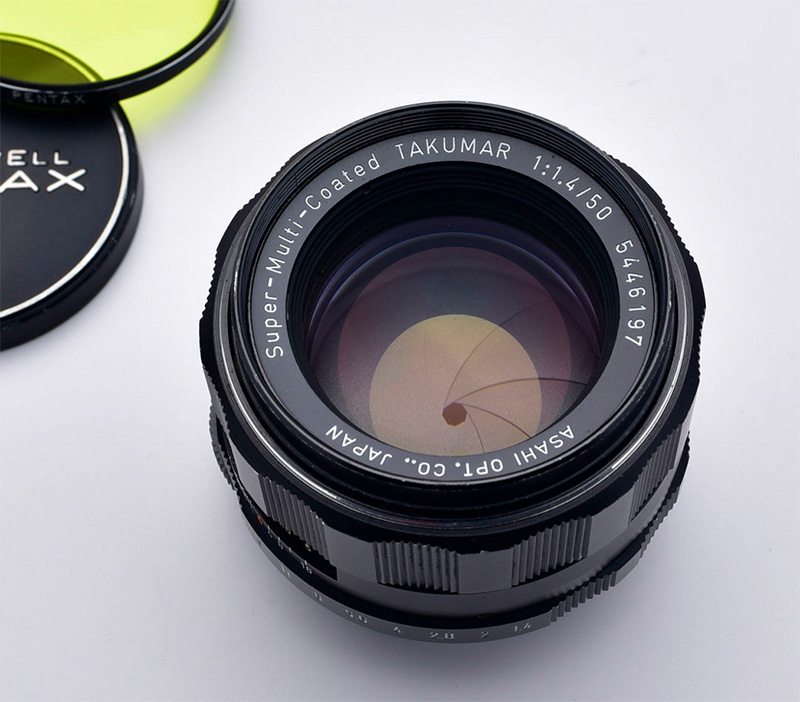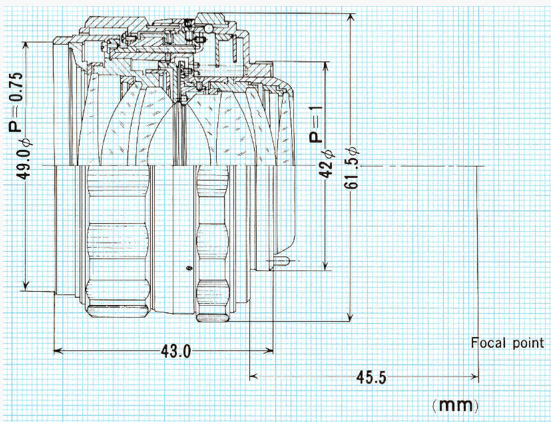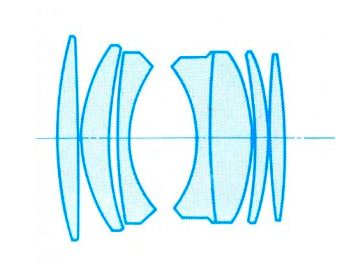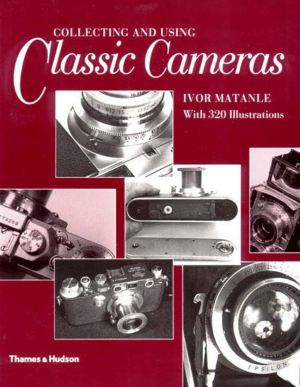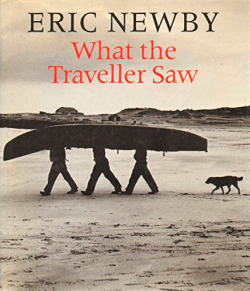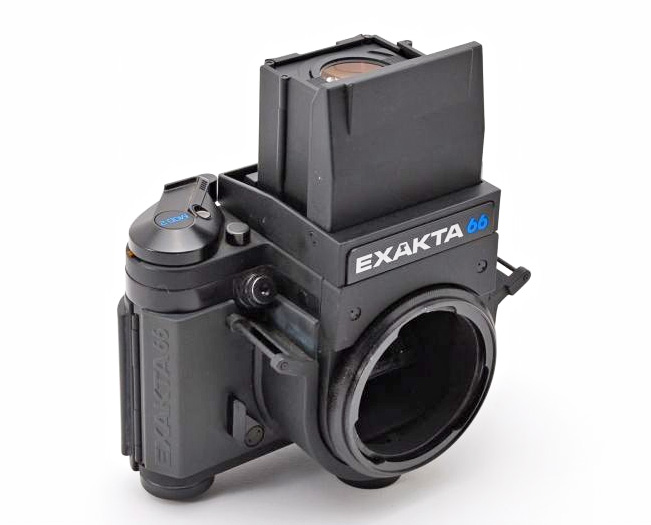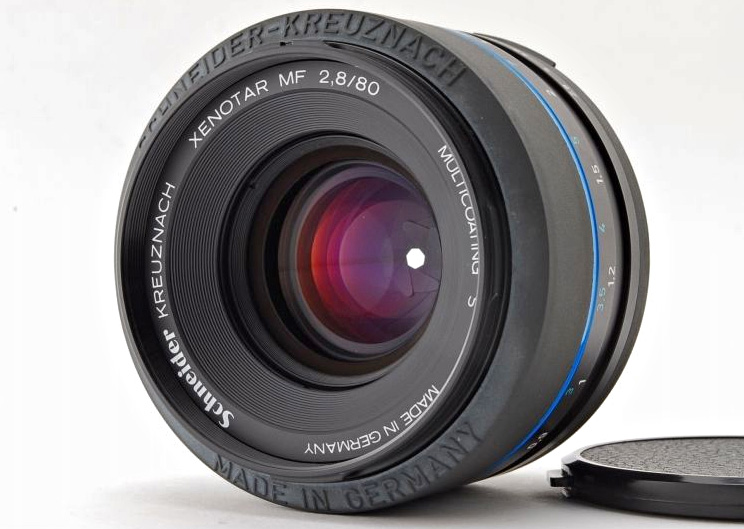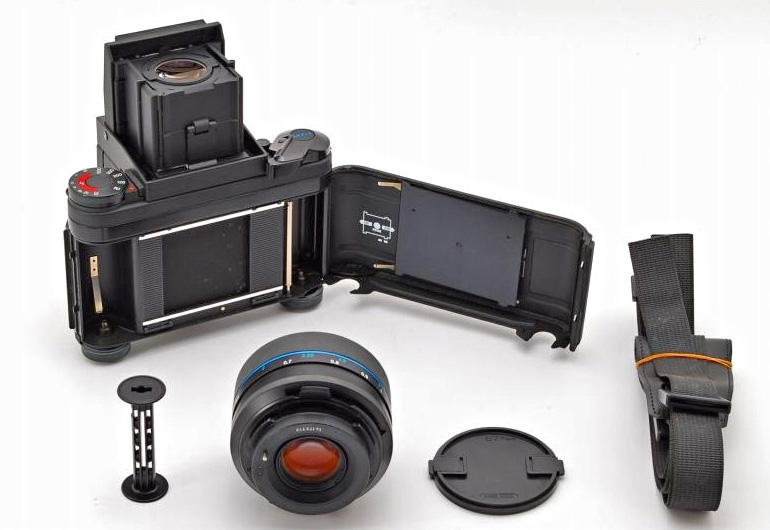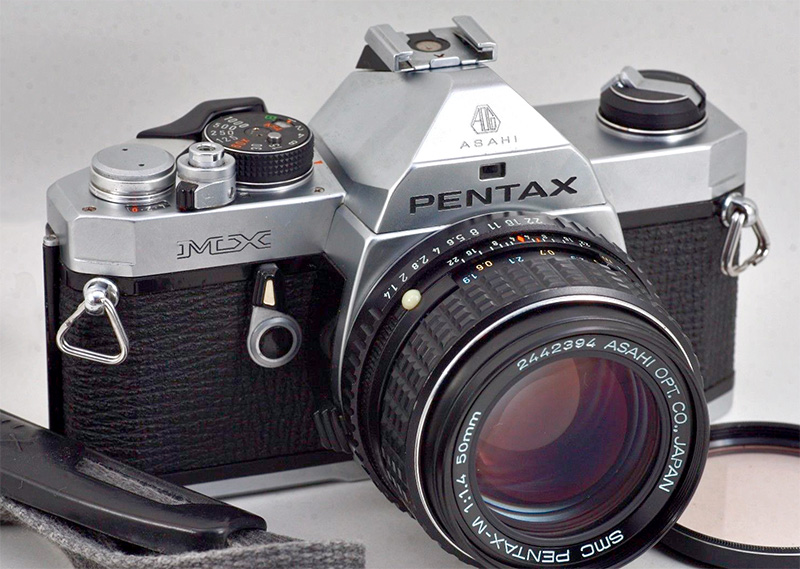So this is how it goes on a blog. You do one off-topic post about some stray wacky topic like washing machines, which has utterly nothing to do with photography, and you expect to leave it at that, but you can't just leave it at that—because then people bring up interesting and different perspectives, and all of you learn more about it, and it turns out that, well, there's more to talk about. So then you do a second post about washing machines...and suddenly you're talking about appliances instead of photography. And new people who come to the site in the middle of the discussion think everyone here has lost their minds. Doesn't really matter if the subject is parrots or pool, it always seems to work the same way.
Well, we haven't entirely lost our minds. This will be the last post about appliances, and I am going to do my damnedest to relate it back to photography at the end.
Anyway, yesterday, Jim wrote:
Let's not forget that survivorship bias is a thing. Every appliance I have upgraded (fridge, washer/dryer, dishwasher, microwave, etc.) has always been because the old ones failed (even after extensive heroic repairs in some cases), and the new ones are significantly better in all ways.
Jim's got a point. My first house in Waukesha, which I bought in 2000, came with an ancient 1970s refrigerator that Xander and I used for a number of more years—maybe 12? I can't recall exactly. The thing sucked down electricity, it was loud, and it didn't do a very good job of preserving food, although I didn't realize that till it died. It had no interior light, because the bulb it needed had passed into history. Amusingly, when it finally came time to replace it, I was severely constrained in the models I could choose, because America had gotten fat between the 1970s and the 2010s: the space allotted for the fridge in my kitchen was too small for most then-current models of refrigerator. I had to buy one specifically made to be extra small to fit older kitchens.
The same thing had happened in the kitchen of my little walk-up studio apartment in Washington D.C., but a generation earlier. The kitchen had been built to house those little 1940s "iceboxes" that are about as tall as a person, so the landlord had plunked a then-current '80s fridge, which was too large to fit the space provided, into the dinette area, awkwardly.
Anyway, to replace our '70s fridge in Waukesha I bought a Samsung with two doors that was less fat, and less deep, than ordinary 2012 refrigerators. Even so, it was bigger than the old one and just barely fit.
But as Jim said, the new one was significantly better. And I mean significantly. I can't recall the technology, but old refrigerators evidently used air from the freezer to keep the refrigerator section cold, and the air was dry, which dried out the food and caused it to go bad sooner. By 2012 that problem had been identified and solved. I was accustomed to lettuce, even when wrapped, going bad within a week. To my amazement, the new fridge could keep the same kind of lettuce wrapped the same way fresh for up to three weeks. Food retained flavor better and didn't acquire that "frozen" taste that we used to accept as normal. And no more noise. And I can't prove it, but I'm pretty sure the new one was much more energy efficient. The new fridge really did work much better than the old one. (It even had a working interior light—woo-hoo, luxury.)
Of course I don't agree with Jim that "the new ones are significantly better in all ways" (emphasis mine), because they don't last as long, and that's one way in which they're not better. Which was the point of yesterday's post.
The late great Phil D.
Some of you will remember Phil Davis, the photo-scientist who for years wrote erudite experimental articles about B&W film technique in Darkroom Techniques magazine, and who authored the book Beyond the Zone System (BTZS) and invented all of the BTZS techniques and equipment. Phil was a dear friend and a mentor for a number of years, until his final illness. He had been a pilot in WWII, and after the war bought a house and almost a hundred acres of land outside of Ann Arbor, Michigan. Somewhere around the turn of the millennium, his water heater failed and he decided to replace it. He said that the installers who put the new one in tried to sell him on an extended warranty that would cover him for ten years. As he told the story, he said, "Why would I need that? The water heater you're carrying out of here lasted for 55 years." He said the installer's eyes grew round and the man replied, "Oh, Sir! This new one is not going to last for 55 years. You'll be doing well if it lasts for 12. And 15 is all you can hope for. They really don't make them like your old one any more."
Planned obsolescence (a phrase generally agreed to have been coined by Alfred P. Sloan of General Motors but popularized by industrial designer Brooks Stevens, whose car museum in Milwaukee I used to visit as a kid and who I think my family knew), is probably the key area, the fulcrum point, if you will, where things that make good sense in terms of capitalist economics makes bad sense in terms of environmental consequences. It might be good business but it's ultimately a tragic concept.
A couple of decades ago, in one of my periodic "that's-it-I'm-never-doing-any-more-camera-reviews" spells, I resolved to pick one manual/metal/mechanical (MMM) SLR and use it for the rest of my life, keeping it maintained and in good fettle no matter the cost. I happily did the research, and settled on a Nikkormat FT3 as my "last SLR."
The problem was exactly as Jim says...the meter was just not as good as the then-current state-of-the-art (SotA), and neither was the viewfinder, which was smallish and on the dim side compared to the best current ones back then. It didn't really matter how well I maintained it. It just wasn't as good a camera as the best newer ones. (I still have the FT3, but it's a decoration on my front hall table.)
As an aside, I've often wondered what an "ideal" manual/metal/mechanical film SLR would look like. What usually happens economically is that the process of making things ever cheaper to produce while keeping them just barely good enough to sell results in products that are incredibly unpleasing. The old Nikon FM10 (made by Cosina and sold under various other names including Vivitar), a mostly plastic camera that worked fine but was distressingly low in quality, might have been the "terminal SLR" from a product efficiency standpoint. But what would a basic SLR look like if the opposite principle were applied—that is, if it were made as good as it could be based on everything we'd learned through the lifecycle of the product type? I've happily spec'd such an imaginary camera many times in my mind. (I call it the "Spotmatic III," to give you a taste.)
Of course, it's a good thing such a camera will never be made. Even if I got to design it myself, I'd hardly ever use it, if I'm honest.
But if a new SotA MMM SLR ever did come to exist, it would be better than any camera from back in the day, no doubt. The technology is just better now. We know more. And I'd be happy if modern digital interchangeable-lens cameras would all last for 15 or 20 years, but let's face it, they don't need to last longer than that. Because technology moves on, and gets better, and sooner or later you'd want to be part of that. Sooner or later you'd start pining to have the latest thing.
Mike
Original contents copyright 2018 by Michael C. Johnston and/or the bylined author. All Rights Reserved. Links in this post may be to our affiliates; sales through affiliate links may benefit this site.
B&H Photo • Amazon US • Amazon UK
Amazon Germany • Amazon Canada • Adorama
(To see all the comments, click on the "Comments" link below.)
Featured Comments from:
Sal Santamaura: "After reading this post and the comments, I felt regret for procrastinating a couple of years ago when we almost bought a Speed Queen set. Our 1993 Whirlpool pair is still going, although my wife doesn't like the mismatched washer timer knob I had to install recently to replace an original plastic one (no longer available) that cracked. Your dilemma sent me off to the YouTube world of washer videos. After spending several hours there, it seems what you're looking for, Mike, is a Maytag 575GW. Were I in your position right now, that's the one I'd buy."
Mike replies: Ever diligent, last night I plumped for Consumer Reports for a year and stayed up way too late sorting through their data. Naturally they like the very brand that's been giving me headaches—don't tell them I told you, but their take on front-loaders can be summed up as "LG is best."
However, they tend to evaluate washing machine performance as opposed to build quality, reliability, or longevity, and the upshot of their testing seems to be that front-loaders have lots of advantages, mainly:
- They agitate the clothes much better
- They use less water
- They're gentler on the clothes, and
- They spin the clothes much drier at the end of the cycle, meaning that drying times are shortened. Since dryers use lots of energy, less time in the dryer = energy savings.
This seems to be the rap against Speed Queens and commercial Maytags and other stout old-fashioned types. They last longer and break less but they don't clean as well and they're harder on clothes.
